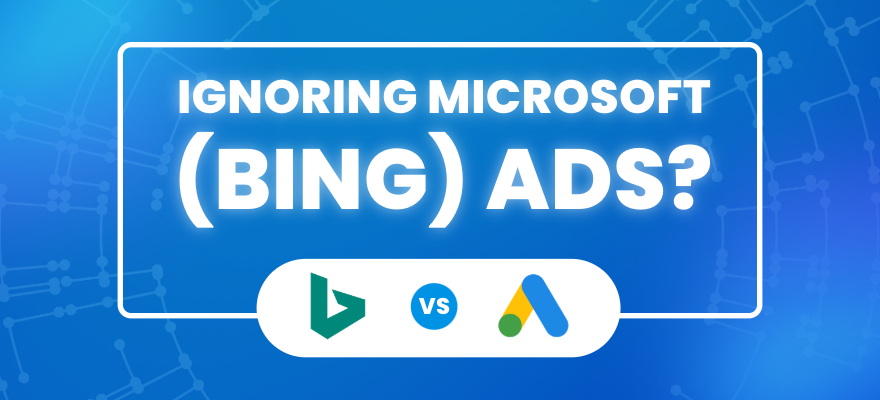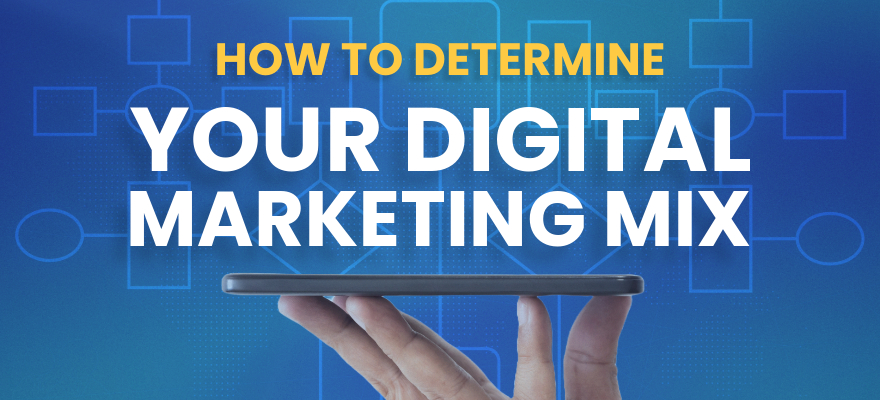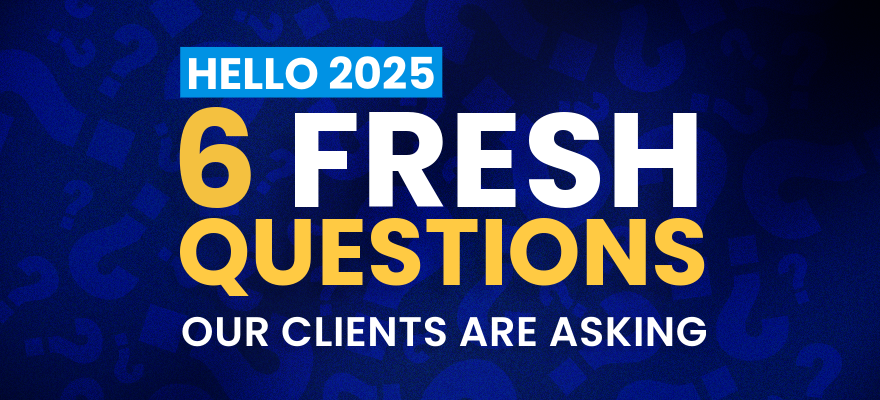Digital marketing is always changing, but one thing remains the same. Content is king–as long as you’re producing valuable, varied content on the right channels. Neglecting to diversify content can undercut even the strongest brand content strategy.
While large brands may have the capacity to churn out a steady stream of complex content, diverse content matters just as much for all sizes of businesses. As we’ve discovered with our clients–large and small–content planning is the cornerstone of an SEO strategy. Even when a business aims to rank locally, optimized blogs can be used to build site authority.
Blogs complement other content types, like social, video, gated, email, and more, to create a cohesive brand content strategy. With the potential to reach new channels via targeted content, no wonder more than half of businesses plan to increase their content marketing budget within the year.

Why Every Business Needs a Content Strategy
Maybe you already have a blog or social media presence but aren’t seeing the results you need. An intentional brand content strategy can help you:
- Increase website traffic and lead generation.
- Build brand loyalty and position yourself as an authority.
- Improve search engine rankings for relevant keywords.
- Nurture customer relationships at all stages of the buying cycle.
The first step in creating a brand content strategy is getting clear on your goals. What are you hoping to achieve through content marketing? Common goals include increased sales, greater brand awareness, and gaining more email subscribers.
Next, define your target audience persona(s). Who are you trying to attract and connect with through your content? Build out comprehensive profiles of your ideal customers based on demographics, interests, needs, and challenges. Understanding your audience will shape the content you create.
Now, take stock of the content you already have through a content audit. Determine what’s working and what’s outdated, and identify any gaps you need to fill.
Based on your goals, audience, and audit, develop three to five content pillars that will form the foundation of your strategy. Pillars are overarching topics you want to focus on and demonstrate expertise in. For example, a beauty retailer’s pillars might be “makeup tips,” “skincare products,” and “beauty tutorials.”

By aligning content to customer needs and pain points at each stage, you move them along the path to purchase. However, it’s important to note that many customers in a funnel no longer follow a linear path. Targeting customers on the channels they use–and repurposing content where needed in an omnichannel approach–can help you fully harness the power of your content.
How to Create Great Content That Excites Your Audience
With content planning taken care of, the next step is to brainstorm what–and how–your audience wants to consume. Before the age of the internet, content was typically marketed through print and direct mail. Now, you can find content at a click.
Today’s customers are likely to find content in several formats:
- Blogs
- Ebooks
- Emails
- Infographics
- Landing pages
- Podcasts
- Social copy
- Video
- Whitepapers
One of the most effective content planning tips is to avoid sticking to one format. A strong brand content strategy incorporates a variety of content types. Varied content appeals to different audience preferences and reaches customers across multiple stages of their journey.
Each format has its own strengths. Video excels at explaining complex topics visually. Ebooks build authority as downloadable assets. Podcasts are great for multi-taskers. Interactive web content keeps people engaged on your site.

Many times, it’s easiest to match content formats to where your audience is in the buying process:
- Awareness stage: Blog posts, videos, social media
- Consideration stage: Ebooks, whitepapers, webinars
- Decision stage: Case studies, product tours, demos
- Nurture stage: How-to videos, FAQs, user community
For example, an awareness-stage prospect may enjoy an educational blog post or video. But by the decision stage, they’ll want to see a free product trial or live demo.
Thankfully, you don’t have to start from scratch every time. Repurposing existing content into new formats can help you diversify your content–while getting more mileage out of it.
This might look like:
- Recording a podcast episode based on a high-performing blog post.
- Creating an infographic to illustrate essential data extracted from reports or ebooks.
- Compiling a mashup video using sound bites from webinars.
- Breaking a long ebook/whitepaper down into a visual slideshow.
Even so, it’s not enough to just create great content. You also need to publish it and promote it through the right channels. Assign content formats to platforms that make the most sense.
For example:
- Written content: Blog, website, email
- Videos: YouTube, Facebook, Instagram
- Audio: Podcast-hosting platforms
- Visuals: Instagram and Pinterest
- Paid promotion and advertising: Video and written content, as it fits into your budget
Remember, people consume content differently. A diverse brand content strategy with a medley of formats gives you the greatest chance of engaging your audience.
A multifaceted content strategy benefits you as much as it does your customers. It can amplify your brand’s reach, and it can also enrich your insights into customer behaviors and preferences. With this information in hand, you can target your marketing so it becomes even more effective.
Don’t know where to begin in creating diverse content? Let Explore Digital take the lead. Not only can we help you create a diverse content strategy that best represents your business–we can help you execute it seamlessly. Contact us for all your content marketing needs.




